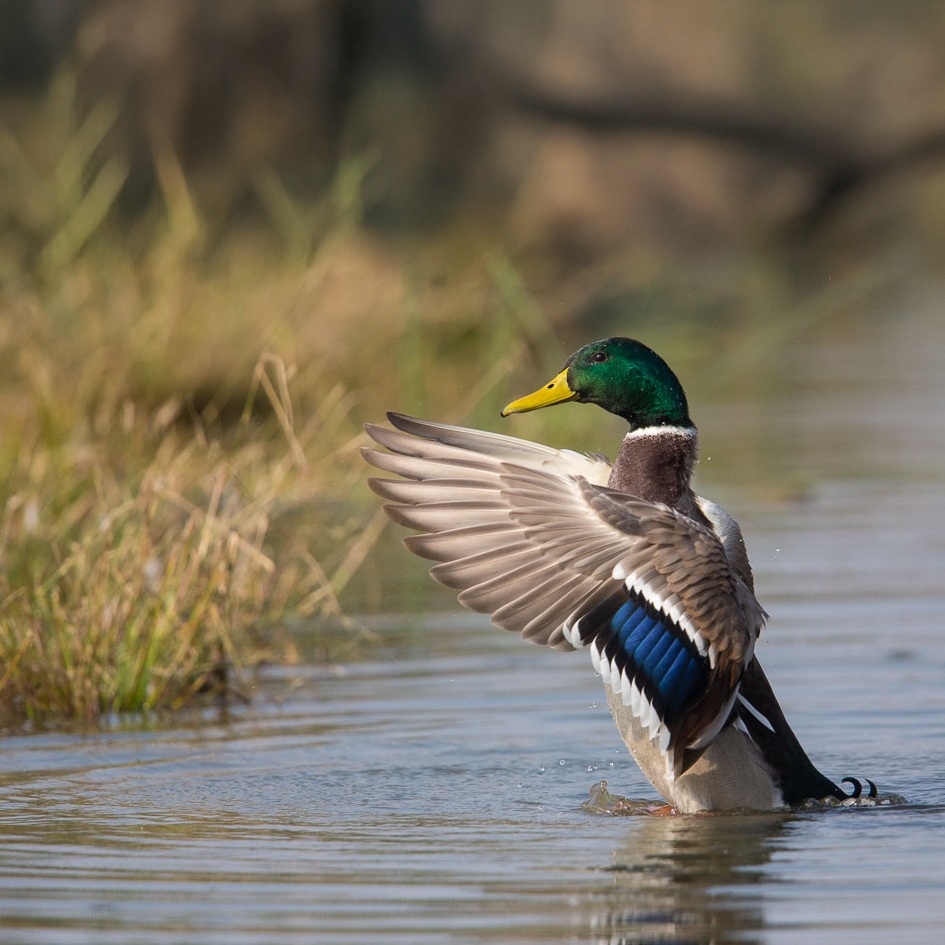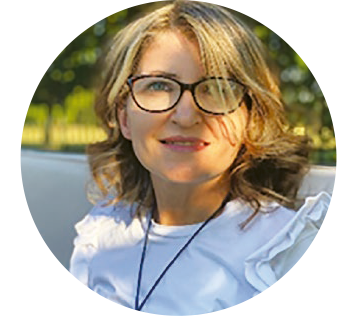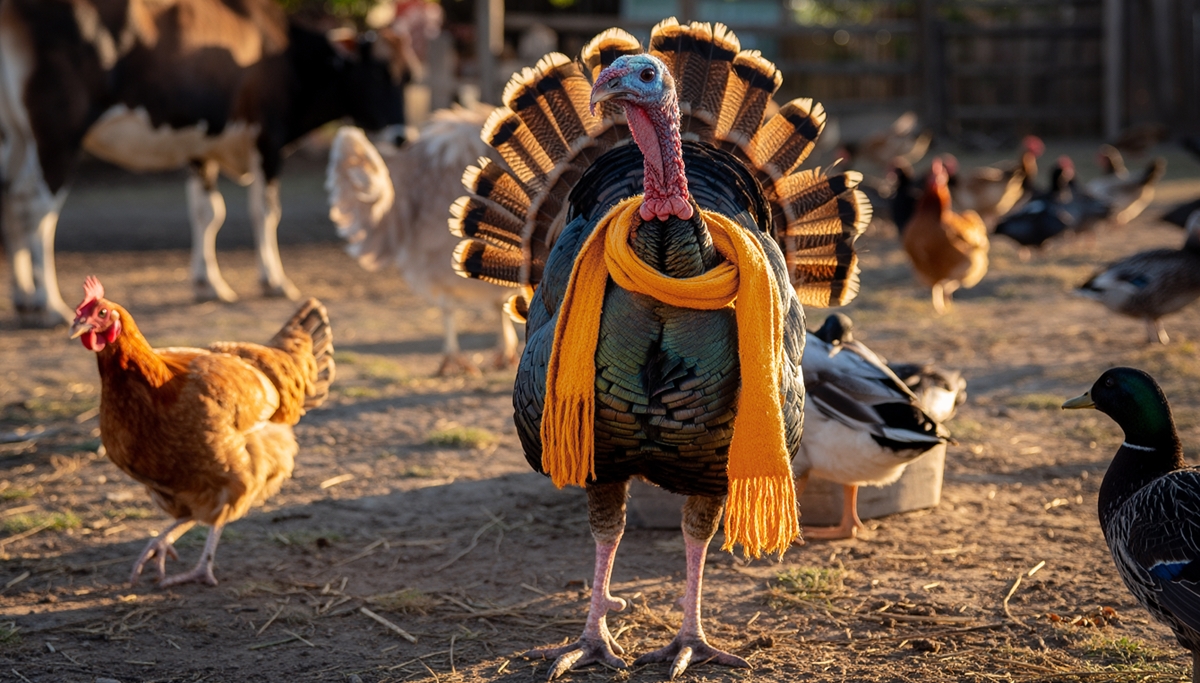Regulation (EU) 2016/429 of the European Parliament on transmissible animal diseases lays down rules for their prevention, it includes high pathogenicity avian influenza (HPAI). Poultry is a group of animal species of high economic significance, and HPAI has a relevant impact on public health and food safety. Recent outbreaks have demonstrated that all available tools including vaccination must be reconsidered, to effectively contain avian influenza and protect the economic sustainability of the poultry sector. The 2021/2022 crisis has also proven that the key to preventing the next pandemic is a "One Health" approach as animal’s health is everybody’s health.
The Animal Health Law
 The so-called “Animal Health Law” (Regulation (EU) 2016/429) governing the prevention and control of animal diseases transmittable to animals or humans has been applicable since 21 April 2021 – just in time to face the HPAI pandemic of 2021/2022, which caused the greatest poultry decimation ever in Europe.
The so-called “Animal Health Law” (Regulation (EU) 2016/429) governing the prevention and control of animal diseases transmittable to animals or humans has been applicable since 21 April 2021 – just in time to face the HPAI pandemic of 2021/2022, which caused the greatest poultry decimation ever in Europe.
Among the five diseases (foot and mouth disease, classical swine fever, African swine fever, highly pathogenic avian influenza, and African horse sickness), HPAI poses the biggest threat because of its zoonotic nature and because it can affect many bird species, from wild birds to poultry, including laying hens and broiler chickens raised for meat production.
Flamingo: Migratory patterns of many wild birds, like the flamingos, contribute to the spread of avian influenza, because of their long-distance flights.
Prevention is better than cure
Ten years before the adoption of the Animal Health Law, it was already clear that greater emphasis on preventive measures was needed to reduce the incidence of animal diseases and minimise the impact of outbreaks when they do occur.
Nevertheless, when it comes to avian diseases, widespread prevention seems to be a utopian goal. Surveillance and early detection are a key element of disease control policy. Farmers are the cornerstone of any successful monitoring: they observe their animals on a regular basis and can detect abnormal behaviours – for instance turkey stop gobbling when they are sick – and any serious disease symptoms, before an alarming increase of mortality rate occurs. But are biosecurity and early detection (including disease notification) enough to contain HPAI?
Case studies: Aavian influenza in France and in Italy
In France, until 2022 avian influenza was a local and infrequent concern and vaccination was considered a taboo. The 2022 catastrophe record-breaking losses (the total deficit was over 1.4 billion euros, while 46 million birds were culled) changed experts’ approach: traditional biosecurity measures have failed, and the nation was ready to consider alternative solutions to protect animals and people.

In October 2023, France became the first European Union country to implement a nationwide mandatory vaccination campaign. A total of 64 million ducks (identified as a key element in disease transmission already 20 years ago) were vaccinated, and a rigorous traceability system was implemented. This strategy effectively broke the chain of infection – from an estimated 500 outbreaks between October 2023-March 2024, the country only suffered 10.
Mallard duck: Among wild aquatic birds, anatids play the most important role as a major reservoir of avian influenza virus .
In Italy, 2021/2022 outbreak brought the entire poultry industry to its knees. The need for a vaccination campaign was acknowledged, but the quiet epidemiological situation of the following years made authorities abandon all not easy to accomplish vaccination projects.
The subsequent 2024/2025 outbreak confirmed that avian influenza required new solutions. The debate is still open. In the meantime, Veneto, a poultry-dense area intersecting with major bird migration routes, is currently evaluating turkey vaccination as a complementary strategy.
Overall picture and prospect
In May 2025, the Animal Health Forum at the 92nd WOAH General Session focused on “Veterinary vaccines and vaccination: from science to action – reflections for change” and avian influenza was a key area of concern and action.
Many countries, not only France, but also China, the world’s largest egg producer, Guatemala, Kazakhstan and Peru have already started successful vaccination campaigns. They all agree that innovation is imperative. Both vaccination as well as proper health ecosystem management, from epidemiological surveillance to modern technologies enabling faster outbreak detection, need continued investments and will certainly help countries anticipate crises rather than merely react.
The benefits of vaccination extend far beyond the individual animals, as HPAI destabilises agriculture, food security, trade and ecosystems. Nevertheless, choosing to adopt vaccination programmes entails the utmost seriousness: the decision must be based on the availability of financial, technical and human resources for the maintenance of effective campaigns. Viruses thrive in chaos: if some birds are vaccinated while others aren't, or if vaccinations are done improperly, the virus may mutate, and such mutations could lead to spillover events.
The evolution of spread patterns and a new scenario
Traditionally, HPAI has been a risk for domestic poultry. Nowadays, its strains are circulating in wild bird populations, as well.

The rapidly evolving nature of avian influenza and the changes in its patterns of spread have made protection harder: all the barns can quickly get infected through contaminated environment, especially if they are located right along seasonal north-south bird migration routes or near wetlands, riverbanks, or coastal lagoons. The growing number of reservoir species and the presence of the virus in new species (both alien and native) including African Sacred Ibis and Cattle Egret raise pandemic risk.
Cattle Egret: This highly adaptable bird is indeed relevant when discussing avian influenza ecology, as they live in close contact with livestock and can travel across regions.
Between March and June 2025, of 807 reported outbreaks, only 268 were in poultry while 389 outbreaks affected wild birds and 92 outbreaks arose in mammalian species such as serval cats (Bangladesh), domestic pets (USA/Europe), seals and marine otters (Japan) and a single sheep (England).
In late 2023/early 2024, HPAI virus was detected in unpasteurized milk samples, proving spillover events from birds to cattle. Bovine avian influenza outbreak poses a huge risk: viruses can be shed into milk, while workers can be exposed to spilled and aerosolized milk during their workday and have routine contact with thousands of lactating cows.
Most human HPAI cases in the past four years involved direct contact with infected animals or contaminated environments, such as live poultry markets or backyard poultry. In Q2 2025, 16 human infections were reported, seven of them fatal. No human-to-human transmission has been observed so far. Currently circulating viruses would need further genetic changes to be able to spread efficiently among humans via respiratory droplets. For now, public health risk remains low.
Why avian influenza vaccination should not stop trade
Traditional reluctance of most countries to vaccinate originates from their concern regarding the reaction of international markets towards poultry and poultry products from vaccinated flocks. Nevertheless, when properly implemented, avian influenza vaccination is compatible with safe trade and should not create unjustified trade barriers.
To support safe and fair trade, WOAH and the International Alliance for Biological Standardization are working on surveillance standards for vaccinated poultry populations. Some previously sceptical countries are starting to change their import policies.
Final considerations
The use of vaccination against avian influenza in poultry remains the choice of each nation but WOAH, FAO, and WHO continue to promote science-based policies, while reminding us of the inseparability of animal health from human health, the stability of ecosystems and the strength of economies which makes the "One Health" approach the only possible way forward.
 By Giulia Faè
By Giulia Faè
Area Manager (Italy & Ticino)
and technical writer at Socorex
Main sources
- Avian influenza - European Commission
- One Year of Avian Influenza Vaccination in France: Success! – EASVO – State Veterinary Officers
- Regulation - 2016/429 - EN - EUR-Lex
- Robert G. Webster – NAS
- The application of biosecurity practices for preventing avian influenza in North-Eastern Italy turkey farms: An analysis of the point of view and perception of farmers - PubMed
- Updated joint FAO/WHO/WOAH public health assessment of recent influenza A(H5) virus events in animals and people July 2025
- WOAH - Avian influenza: understanding new dynamics to better combat the disease
- WOAH - Avian influenza vaccination: why it should not be a barrier to safe trade
- WOAH - The state of the world's animal health 2025 (pdf)
- Updated joint FAO/WHO/WOAH public health assessment of recent influenza A(H5) virus events in animals and people July 2025


